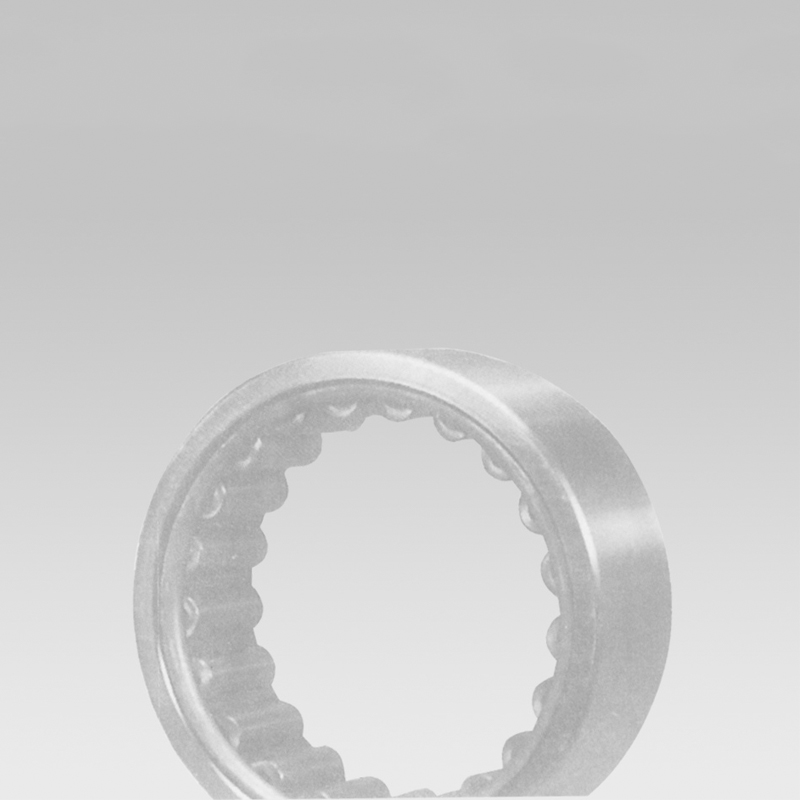
Dec . 06, 2024 10:47 Back to list
High-Performance Deep Groove Ball Bearings for Enhanced Precision and Durability
High Precision Deep Groove Ball Bearings An Overview
Deep groove ball bearings are one of the most widely used types of bearings in various industrial applications. Their versatility, reliability, and the capacity to support heavy loads make them an essential component in machinery ranging from electric motors to automotive engines. Among these, high precision deep groove ball bearings stand out for their superior accuracy and performance, making them a preferred choice in sectors where precision is paramount.
What Are Deep Groove Ball Bearings?
Deep groove ball bearings consist of an outer and inner ring, a cage, and a set of balls. As the name suggests, these bearings feature a deep groove in the raceway, allowing them to accommodate high radial and axial loads in both directions. This design also enables them to operate at high speeds, resulting in minimal friction and allowing for efficient rotation.
Importance of Precision
Precision in deep groove ball bearings is critical for ensuring the effectiveness and longevity of machinery. High precision bearings are manufactured with tighter tolerances, ensuring a perfect fit between the balls and the raceways. This precision reduces vibration and noise during operation, which is particularly important in applications such as aerospace, where even minor deviations can lead to significant issues.
Applications of High Precision Deep Groove Ball Bearings
High precision deep groove ball bearings are used in various applications where reliability and accuracy are non-negotiable. Industries such as robotics, medical devices, and aerospace technology often require components that can function flawlessly under stringent conditions. In robotics, for example, these bearings help enhance motion control and efficiency, contributing to the success of autonomous systems.
In the medical field, high precision bearings are crucial in equipment like MRI machines and surgical instruments, where precision can affect the quality of diagnostics and patient outcomes. Similarly, in aerospace applications, any failure in bearing functionality can lead to catastrophic results, making high precision bearings indispensable.
Manufacturing Process
high precision deep groove ball bearing

The production of high precision deep groove ball bearings involves meticulous attention to detail and advanced technology. The process typically begins with the selection of high-quality raw materials, which are then subjected to rigorous inspections. Advanced machining techniques, including computer numerical control (CNC) technology, are employed to achieve the necessary precision.
After machining, each component undergoes heat treatment to enhance durability and performance. The assembly process also maintains high precision standards; each bearing is carefully assembled to ensure that all parts interact seamlessly. Post-assembly, rigorous testing is conducted to verify performance characteristics under different conditions.
Advantages of High Precision Deep Groove Ball Bearings
1. Accuracy The high precision features of these bearings deliver improved accuracy and functionality. This is especially important for applications that require precise rotational movements.
2. Reduced Friction High precision bearings operate with lower friction, enhancing the overall efficiency of machines and minimizing wear over time.
3. Longer Service Life With improved materials and manufacturing processes, high precision bearings often have a longer service life, resulting in reduced maintenance costs.
4. Versatile Applications The ability to handle both radial and axial loads makes high precision deep groove ball bearings suitable for a wide range of equipment and applications.
Conclusion
High precision deep groove ball bearings are vital components in modern machinery, particularly in high-stakes industries. Their ability to deliver exceptional accuracy, reduce friction, and ensure a long service life makes them indispensable in applications where precision is critical. As industries continue to evolve and demand greater efficiency and reliability, the importance of these bearings will only grow, solidifying their position as a cornerstone of engineering excellence.
Latest news
-
Premium Deep Groove Ball Bearings | High Speed & Reliability
NewsAug.29,2025
-
Durable Scaffolding Clamps - Secure & Reliable Tube Connectors
NewsAug.28,2025
-
Common Failures in Thrust Ball Bearings and Solutions
NewsAug.22,2025
-
How Tapered Roller Bearings Can Take Shock Loads
NewsAug.22,2025
-
Angular Bearings in High-Precision Spindles
NewsAug.22,2025
-
The Impact of Misalignment on Cylindrical Roller Bearing Performance
NewsAug.22,2025
